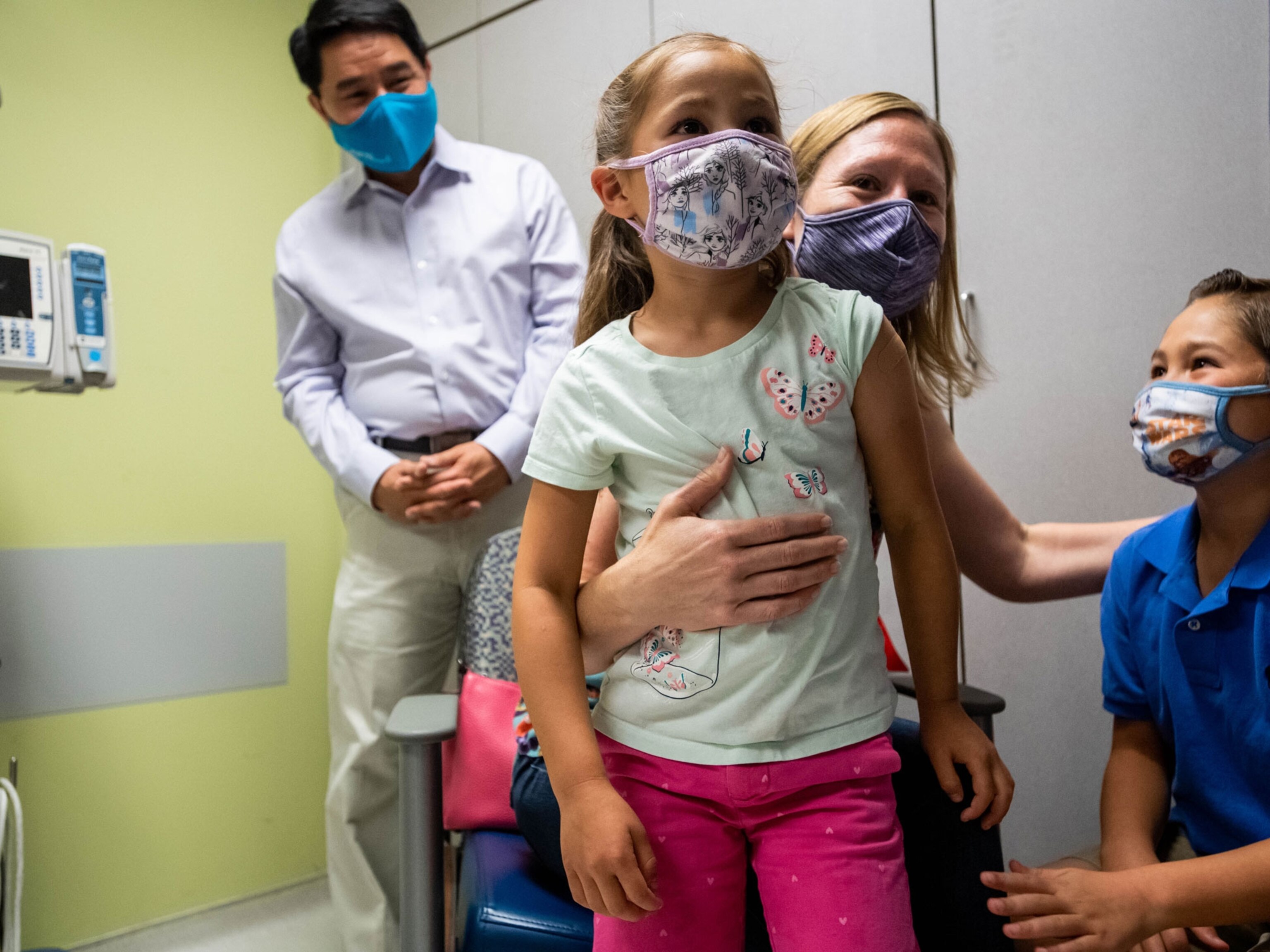See why keeping groups small can save lives in the era of COVID-19
The risk of exposing people in a group to the coronavirus goes up exponentially with event size, modeling work suggests.
Why are large events so dangerous in a pandemic? Just look at the math: As COVID-19 cases increase across the U.S., the risk of exposing members of a group to the virus goes up exponentially with event size, according to Georgia Institute of Technology biologist Joshua Weitz.
The charts above illustrate a risk calculation that Weitz made to show the phenomenon. The risks seen here reflect the probability of someone with an illness such as COVID-19 attending an event, if the event were filled with randomly selected U.S. residents.
Even in this idealized form, the math is stark: The risk of a sick person attending an event grows rapidly with both the number of attendees and the number of total U.S. cases. Weitz says that the increased risk strongly justifies recent efforts to limit event sizes. Testing delays in the U.S. have further compounded the issue by obscuring the disease’s true prevalence.
“Things have moved fast (as they do in epidemics),” Weitz says in an email. “We should be physically distancing whenever feasible.” (Find out more about why there’s no safe event size during a pandemic.)
Weitz adds that the risk of COVID-19 spreading also goes up with the total number of events, as each gathering represents a roll of the dice that might spark an intense local outbreak.
“Your dinner party of 10 people might be OK,” he says, “but someone else's will not be, endangering us collectively.”
Related Topics
You May Also Like
Go Further
Animals
- Octopuses have a lot of secrets. Can you guess 8 of them?
- Animals
- Feature
Octopuses have a lot of secrets. Can you guess 8 of them? - This biologist and her rescue dog help protect bears in the AndesThis biologist and her rescue dog help protect bears in the Andes
- An octopus invited this writer into her tank—and her secret worldAn octopus invited this writer into her tank—and her secret world
- Peace-loving bonobos are more aggressive than we thoughtPeace-loving bonobos are more aggressive than we thought
- Why are these emperor penguin chicks jumping from a 50-foot cliff?Why are these emperor penguin chicks jumping from a 50-foot cliff?
Environment
- U.S. plans to clean its drinking water. What does that mean?U.S. plans to clean its drinking water. What does that mean?
- Food systems: supporting the triangle of food security, Video Story
- Paid Content
Food systems: supporting the triangle of food security - Will we ever solve the mystery of the Mima mounds?Will we ever solve the mystery of the Mima mounds?
- Are synthetic diamonds really better for the planet?Are synthetic diamonds really better for the planet?
- This year's cherry blossom peak bloom was a warning signThis year's cherry blossom peak bloom was a warning sign
- The U.S. just announced an asbestos ban. What took so long?The U.S. just announced an asbestos ban. What took so long?
History & Culture
- This ancient cure was just revived in a lab. Does it work?This ancient cure was just revived in a lab. Does it work?
- See how ancient Indigenous artists left their markSee how ancient Indigenous artists left their mark
- Why Passover is one of Judaism’s most important holidaysWhy Passover is one of Judaism’s most important holidays
- Is this mass grave a result of contagion—or cannibalism?Is this mass grave a result of contagion—or cannibalism?
- The surprising story of how chili crisp took over the worldThe surprising story of how chili crisp took over the world
- We swapped baths for showers—but which one is better for you?We swapped baths for showers—but which one is better for you?
Science
- Why outdoor adventure is important for women as they ageWhy outdoor adventure is important for women as they age
- 4 herbal traditions used every day, all over the world4 herbal traditions used every day, all over the world
- Ground-level ozone is getting worse - here's what that meansGround-level ozone is getting worse - here's what that means
- Would your dog eat you if you died? Get the facts.
- Science
- Gory Details
Would your dog eat you if you died? Get the facts.
Travel
- Why it's high time for slow travel in Gstaad
- Paid Content
Why it's high time for slow travel in Gstaad - The travel essentials we’re most excited for in 2024The travel essentials we’re most excited for in 2024
- How citizen science projects are safeguarding Costa Rican pumasHow citizen science projects are safeguarding Costa Rican pumas




